Introduction
A full roof replacement include more than just the visible shingles. It includes replacing roof decking, flashing, underlayment, ice and water shield, drip edge, roof vents, and pipe boots. The old shingles are removed before installing new architectural shingles row by row.
The goal is to examine all roofing components for damage and restore them to like-new condition.
This article looks at the key sections of a roof system and why it’s important to consider replacing each one when you get a roof replacement.
What Does Roof Replacement Include?
Now let’s explore what includes in roof replacement. We’ll look at the role each plays and what to inspect when considering roof replacement.
Roof Decking
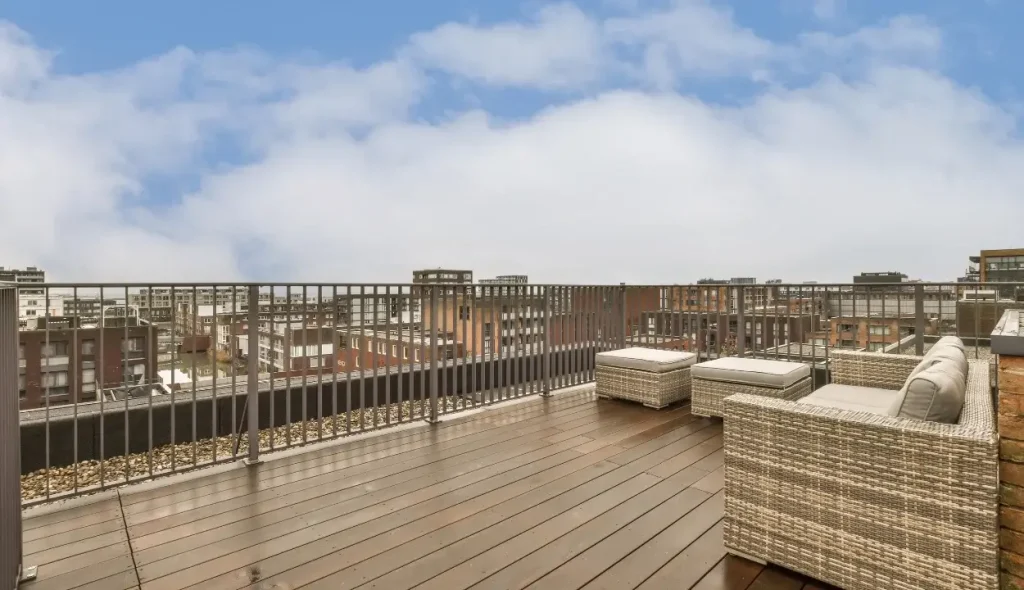
The roof decking provides the structural foundation the roof is built upon. Plywood and oriented strand board (OSB) are common decking materials. Decking can be damaged from weather, foot traffic, and age. Signs your decking needs replacement include:
Localized soft spots may allow selective replacement of only those deck sections. It is recommended to replace deteriorated roof decking across full roof planes . This provides a smooth and even foundation for the new shingles.
Decking replacement may involve added demolition and work to access the damaged areas. But the long-term benefits for your roof’s performance are worth the effort.
Roof Flashing
Flashing is installed wherever joints, valleys, vents, and other roof penetrations exist. The sheet metal or membrane prevents water intrusion at transition points and openings. Common signs your flashing needs replacement:
- Rusting, cracking, holes, or separation in the flashing
- Leaks tracing back to flashing areas
- Stains or rust trails on the roof around flashing
- Degraded or cracked caulking around flashing elements
Flashing is inexpensive as compared to full roof replacement, inspecting and replacing flashing just makes sense. Why install expensive new shingles over substandard flashing? Upgrade any deteriorated sections for improved waterproofing and peace of mind.
Underlayment
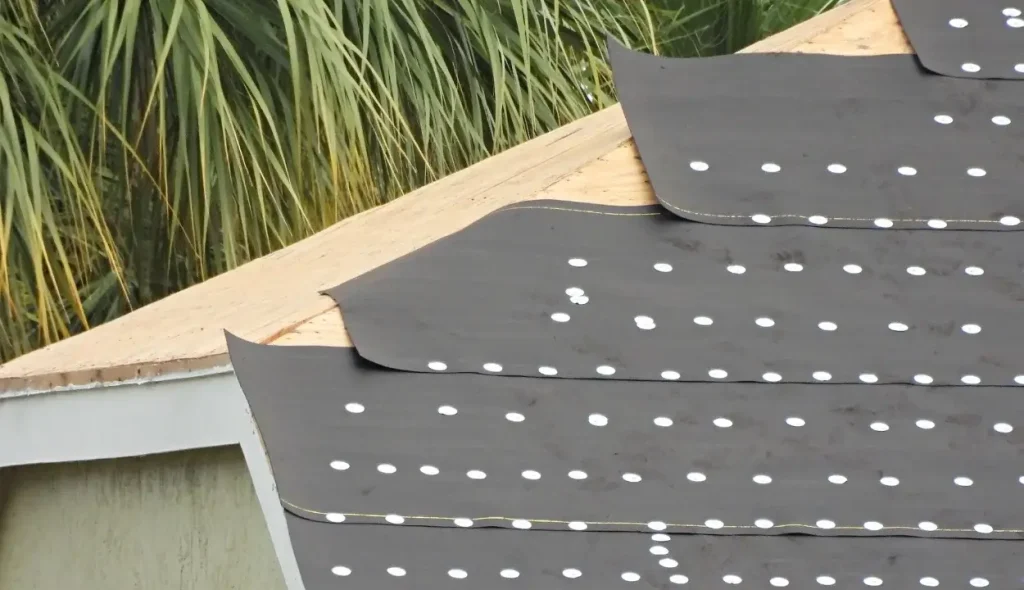
Underlayment (or felt paper) is installed over the decking to provide an additional moisture barrier beneath the shingles. Also called roofing felt, this material deteriorates over time. Extended moisture exposure, condensation issues, and leaks can compromise underlayment’s waterproofing abilities.
Many roofing experts recommend replacing the underlayment as standard practice. This provides a fresh moisture barrier and minimizes risk of any leaks through worn underlayment later. Use a durable underlayment like rubberized asphalt rather than basic felt paper.
Drip Edge
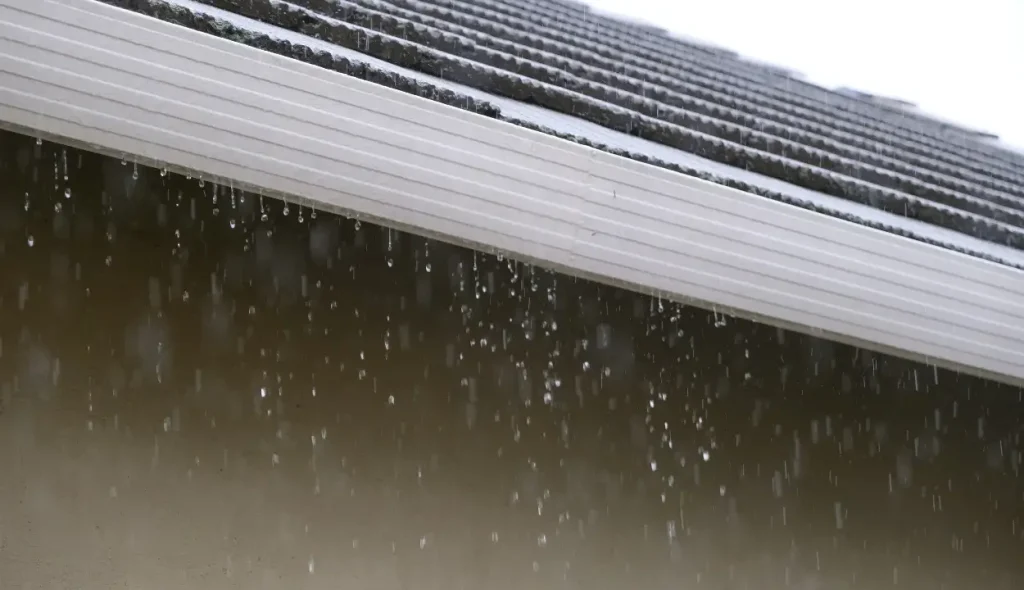
The drip edge is angled flashing installed along the roof’s lower eaves. Sometimes called drip cap, it diverts water runoff away from lower roof edges. Drip edge also protects eaves from moisture wicking up from shingles’ exposed edges.
Building codes often require upgraded drip edge flashing for full roof replacements. So don’t overlook this important replacement component. Have your roofer replace any deteriorated sections with new flashing that meets local codes.
Ice and Water Shield
Ice and water shield is a rubberized moisture barrier rolled out in vulnerable roof areas. It provides critical protection against ice dams and wind-driven rain. Shield is commonly installed from the eave’s edge up several feet onto the roof decking.
Building codes often mandate full ice shield coverage on all eaves during roof replacements. Extending the coverage further up-slope is also smart for extra protection. Use a polymer-modified bitumen product rather than basic felt paper when replacing ice and water shield areas.
Ridge Vents
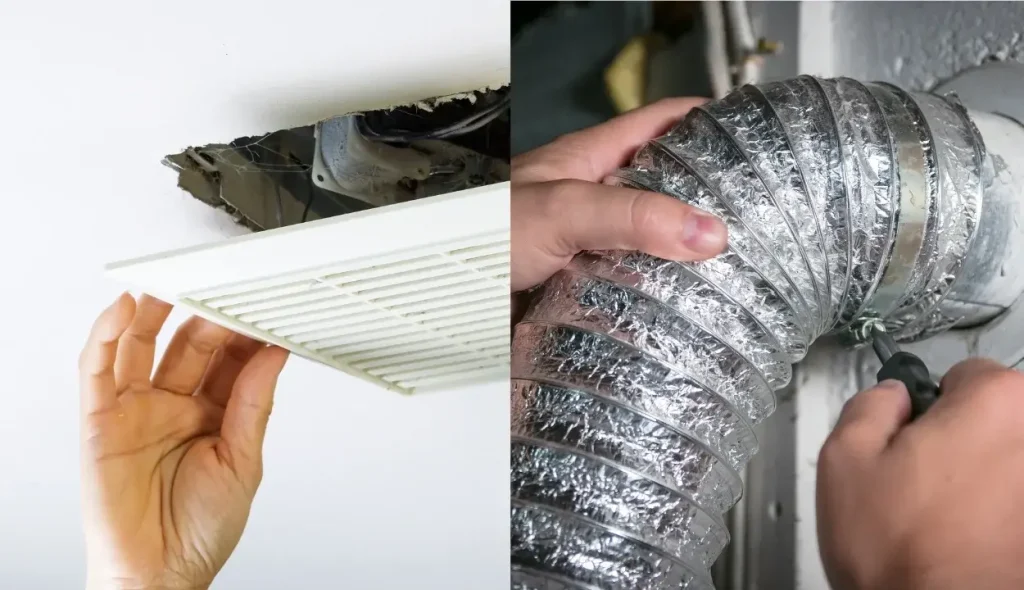
Effective attic ventilation is critical for temperature regulation and preventing ice dams. Ridge vents run along the roof’s peak allowing hot air to escape. Examine existing ridge venting when replacing your roof. Look for blockages, damage, or leaks indicating vents need replacement.
Upgrading to new, higher-quality ridge venting ensures optimal airflow. Match the color to complement the new shingles. Proper shingle overlaps will also seal the vent edges securely.
Pipe Boots
Pipe boots provide a waterproof seal around plumbing and exhaust vents that penetrate the roof. The rubber boot flashing prevents leaks at these openings. Inspect existing boots during roof replacement for cracking, stiffness, and proper seals with the vent pipe.
Replace any deteriorated boots and outdated styles with new boots properly fitted to the vent pipe size. Quality boots reduce risk of leaks around these roof penetrations.
Skylights
Over time, the seals around glass skylight panels can degrade. Check for cracked, foggy, or leaky skylight glazing when replacing your roof. New skylight systems typically integrate better with modern roofing materials and flashing methods.
If your skylights leak or are otherwise compromised, replacement provides better lighting and seals out moisture. Just take care to match glass tinting and features of the originals.
Asphalt Shingles
Of course, full roof replacement means the asphalt shingles must go. By the time replacement is needed, shingles are typically brittle, cracking, losing granules, or even missing sections altogether. Trying to patch aged shingles is only a temporary fix.
Tearing off and disposing of old shingles properly is the first step in the roofing process. Then new shingles can be installed row-by-row. Quality architectural shingles provide durability and attractive looks. Your roofer can help select the grade and color combination that best complements your home’s style.
Metal Elements
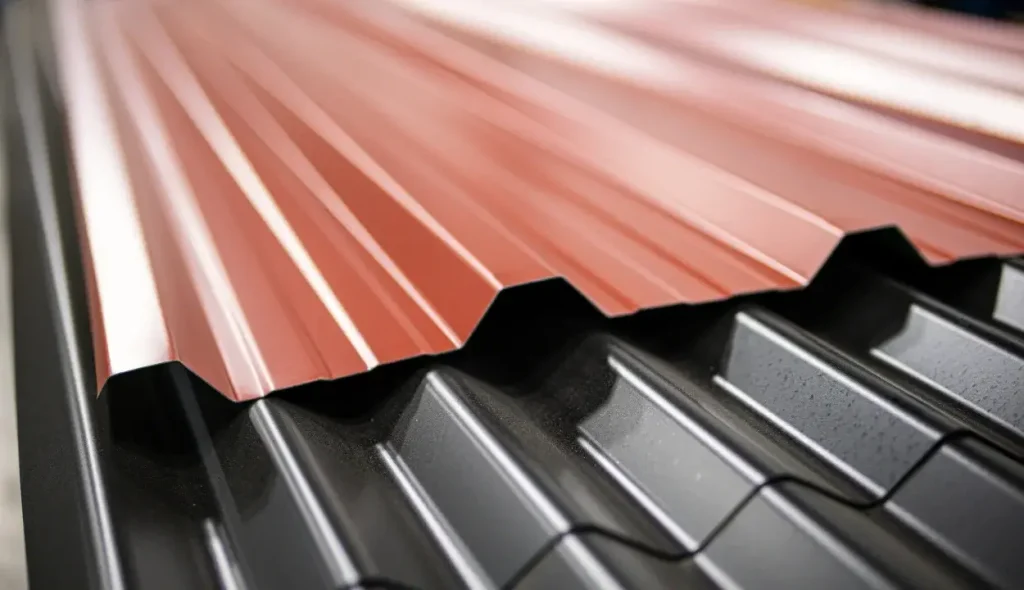
Several metal elements like flashing, vents, and valleys should be checked over during roof replacement. Rusting, holes, and separation can degrade the waterproofing ability of metal components. Wherever such deterioration is found, replacement maintains the roof system’s integrity.
Some roof parts are made of metal like copper valleys or lead vent stacks. These take special knowledge to fix the right way. Your roofer should know how to handle any unique metal pieces on your roof. Proper replacement of metal components is important to protect your home.
Cost Estimation
| Roof Component | Typical Price Range |
| Asphalt Shingles | $80 – $400 per sq installed |
| Plywood Decking | $1.50 – $3.50 per sq ft |
| OSB Decking | $3 – $8 per sq ft |
| Rubber Roofing Membrane | $450 – $650 per sq installed |
| Rubber Underlayment | $0.30 – $0.70 per sq ft |
| Ice & Water Shield | $2.50 – $5 per sq ft |
| Drip Edge Flashing | $2 – $4 per linear ft |
| Ridge Vent | $4 – $9 per linear ft |
| Pipe Boots | $5 – $30 each |
Prices vary based on materials used and total roof square footage. Most roofs require a combination of several components. An experienced contractor can provide quotes specific to your roof’s needs.
Signs It’s Time for Full Roof Replacement
If you notice any of the following, your roof may require more extensive replacement rather than just repairs:
- Visible curling, cracking, or loss of granules in multiple shingle areas
- Leaks tracing back to flashing joints or seams
- Evidence of moisture issues in the attic space or ceiling stains
- Majorly worn or bald sections of roof showing asphalt or decking
- Roof age over 20 years, or nearing lifespan of existing materials
- Repairs no longer resolving the roof problems fully
Partner With the Right Roofer
Given the scope involved, it pays to have an experienced roofing contractor handle your replacement project. Look for the following qualifications:
- Extensive experience replacing all types of roof components
- Commitment to inspecting and replacing any deteriorated materials
- Knowledge of local building codes related to roofing
- Availability to handle the project timeline you need
- Strong referrals and reviews for communication and quality of work
Be wary of low bids that seem too good to be true. There may be corners cut in materials and scoping. Prioritize quality materials and comprehensive scoping for best long-term results.
Conclusions
We have discussed the elements that include during the roof replacement process. When replacing worn roof shingles, also take the opportunity to inspect and upgrade any compromised elements like flashing, underlayment, vents and decking.
This protects your investment in a new roof by ensuring all components meet current standards. Refreshing deteriorated materials that lie under the shingles avoids issues down the road and provides peace of mind that your roof is optimized to protect your home.
FAQs
How long does a roof replacement take?
A typical asphalt shingle roof replacement takes 3-5 days depending on roof size, weather delays, and any repairs needed. Tear off and prep usually takes 1-2 days, followed by 2-3 days to install new shingles and finish.
What is the best time of year for roof replacement?
The best time for roof replacement is late spring to early fall when weather is milder. Avoid winter or extreme heat, which complicates tear off and shingle installation.
Does homeowners insurance cover roof replacement?
Homeowners insurance typically does not cover full roof replacement, but may help pay for repairs after storm damage if you have the right coverage.
Can I replace my roof myself?
While a DIY roof replacement is possible for some homeowners, it’s a complex job requiring roofing skills and safety considerations. Hiring a professional roofer is highly recommended.
How much does a new roof increase home value?
Replacing an old roof with an attractive, high-quality new roof can increase your home’s value. The exact boost varies, but a new roof shows buyers the home is well-maintained.

